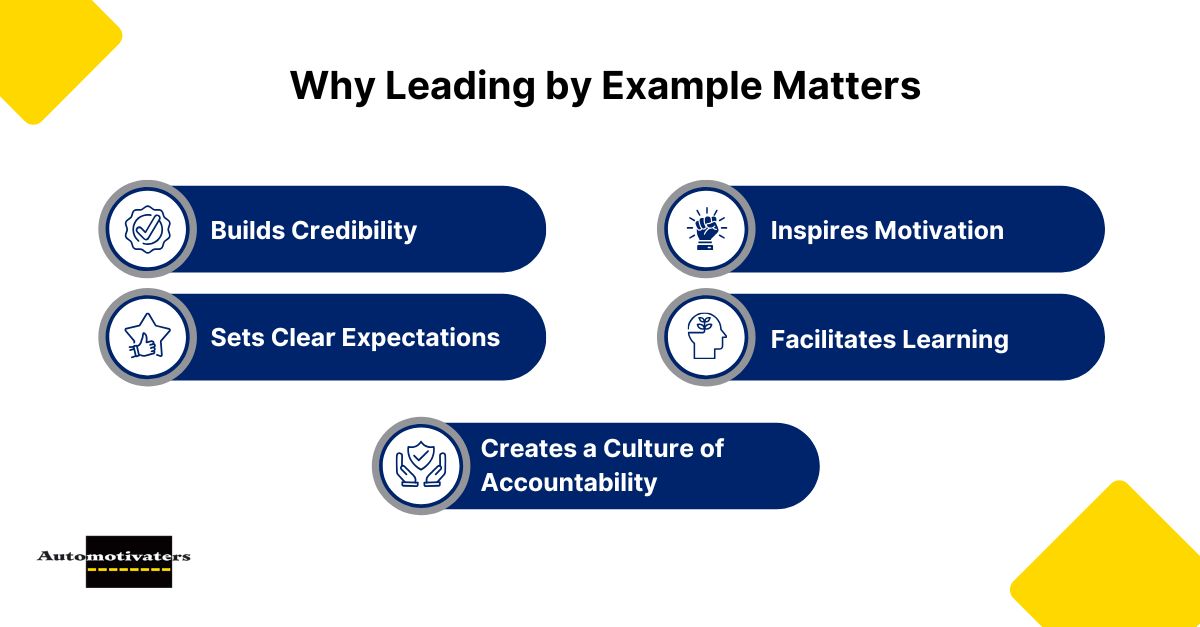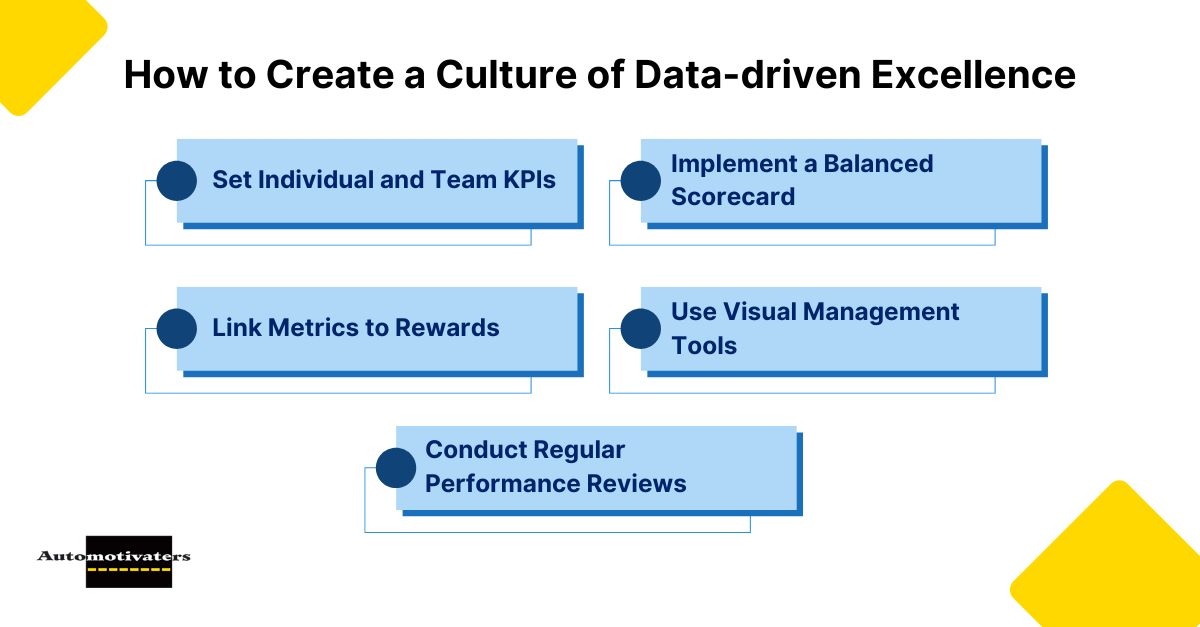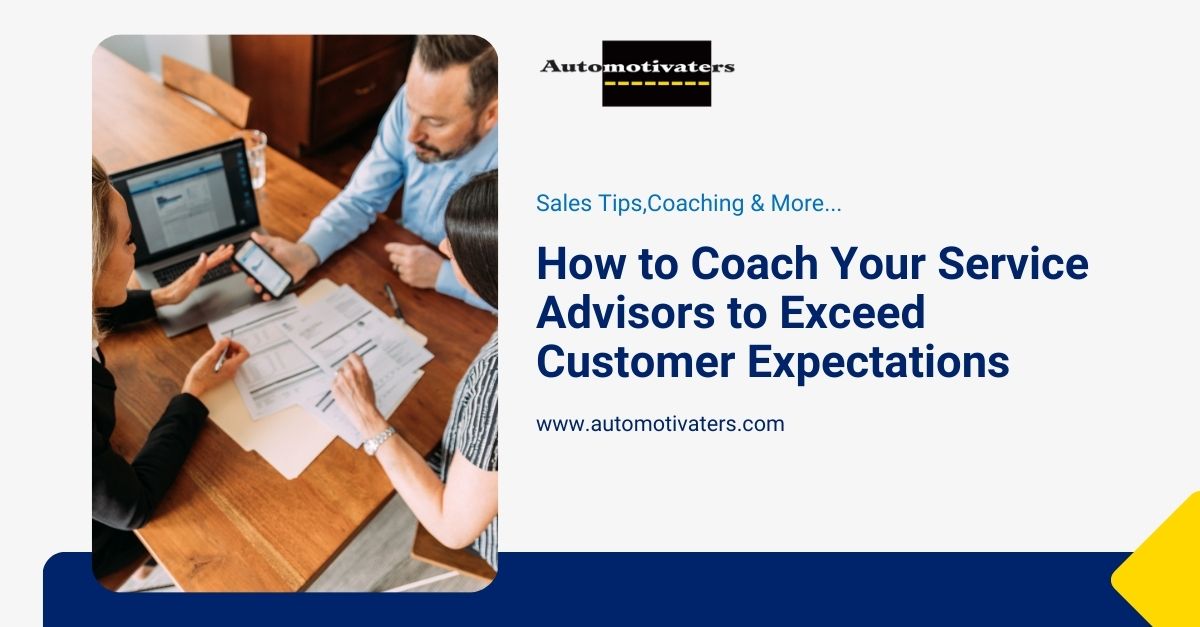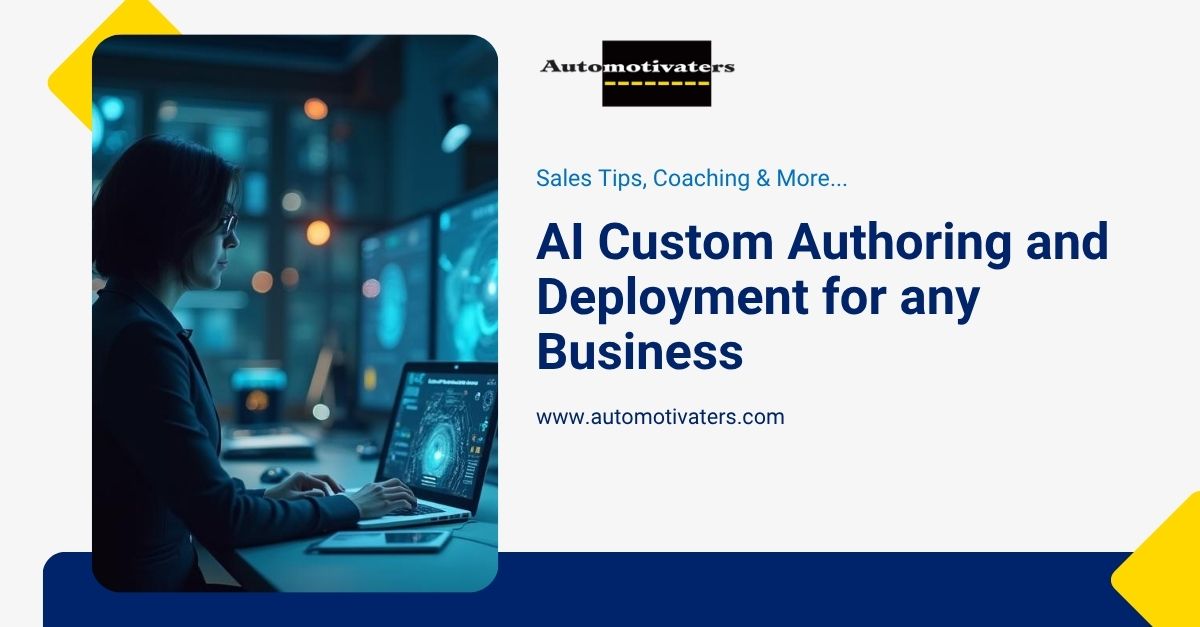The automotive service industry is not just about fixing cars—it’s about building relationships. In an era where 81% of customers indicate that seamless communication is the top factor in selecting a service provider (J.D. Power), your ability to coach service advisors to create exceptional experiences is not optional—it’s essential. However, most dealerships fall short. Why? Because they perceive customer service as a checklist instead of a culture.
As a leader—whether you’re a service manager, dealership owner, or general manager—you hold the keys to unlocking your team’s potential. This isn’t about handing out scripts or hosting quarterly training seminars; it’s about building a legacy of excellence. Let’s explore the actionable strategies that set industry leaders apart.
Lead by Example: Your Behavior Sets the Tone
“A leader’s enthusiasm is contagious,” says automotive consultant Laura Troyano. “If you’re not the first to model empathy and urgency, don’t expect your team to care.”
Why is leading by example so powerful?
Leading by example is more than just a catchphrase; it’s a fundamental principle of effective leadership. When service managers and dealership owners consistently demonstrate the behaviours and attitudes they expect from their team, it creates a ripple effect throughout the organization. Here’s why this approach is so powerful:


Builds Credibility
When leaders walk the talk, they earn respect and trust from their team. Advisors are more likely to follow guidance from someone who practices what they preach.
Sets Clear Expectations
Actions speak louder than words. By modelling ideal behaviours, leaders offer a clear, tangible example of what excellence looks like in practice.
Creates a Culture of Accountability
When leaders set high standards, it is easier to hold the team accountable without seeming unfair or hypocritical.
Inspires Motivation
Advisors can be highly motivated by seeing a leader actively engaged in improving customer experiences, encouraging them to step up their own game.
Facilitates Learning
By working alongside advisors and demonstrating best practices, leaders create organic teaching moments that are often more effective than formal training sessions.
Practical Steps to Lead by Example
Leading by example isn’t just about showing up—it’s about actively demonstrating the behaviors and values you expect from your team. The following actionable steps will help you foster a culture of accountability, motivation, and continuous improvement.


Engage in Customer Interactions
Regularly spend time on the service drive, interacting with customers alongside your advisors. This not only demonstrates your commitment but also provides you with first-hand insight into daily challenges.
Share Your Learning Journey
Be open about your efforts to improve. Discuss books you’re reading, webinars you’ve attended, or new techniques you’re trying to implement.
Admit Mistakes
When you make an error, acknowledge it openly and discuss how you plan to improve. This creates a culture where learning from mistakes is valued over hiding them.
Recognize Excellence in Real Time
When you see an advisor managing a situation exceptionally well, commend them immediately and specifically. This reinforces positive behaviours and shows you’re actively engaged.


Diagnose Skill Gaps
Utilize mystery shopper reports or CRM data to identify trends. For instance, are advisors hurrying through walk-arounds or neglecting to explain maintenance timelines?
Measure Progress Relentlessly
Track metrics like CSI scores, repeat visit rates and upsell conversion.
Diagnosing Skill Gaps
Effective coaching begins with accurate diagnosis. Without identifying specific areas for improvement, your efforts may be misdirected. Here’s how to enhance your diagnostic approach:
- Utilize Technology: Implement call recording and analysis software to review advisor-customer interactions. Look for patterns in language, tone, and problem-solving approaches.
- Conduct Regular Assessments: Create a thorough skills assessment that encompasses technical knowledge, communication skills, and customer service capabilities. Implement this assessment quarterly to monitor progress over time.
- Gather Multi-Source Feedback: Avoid depending only on customer surveys. Include peer evaluations, self-assessments, and insights from other departments (e.g., parts or sales) to obtain a comprehensive view of each advisor’s performance.
- Analyze Lost Sales: Examine instances where customers declined service recommendations. Was this due to inadequate explanation, lack of urgency, or an inability to demonstrate value?
Continuous Measurement for Sustained Improvement
Continuous measurement is crucial for sustained improvement. Here’s how to create a culture of data-driven excellence:


Set Individual and Team KPIs
Establish clear, measurable objectives for each advisor and the team collectively. These may include CSI scores, upsell rates, appointment show rates, and customer retention metrics.
Implement a Balanced Scorecard
Avoid concentrating only on financial metrics. Incorporate measures of customer satisfaction, process efficiency, and learning and growth for a comprehensive view of performance.
Use Visual Management Tools
Create dashboards or scoreboards that showcase real-time performance data. This promotes transparency and encourages healthy competition.
Conduct Regular Performance Reviews
Schedule monthly one-on-one meetings with each advisor to discuss their metrics, celebrate successes, and identify areas for improvement.
Link Metrics to Rewards
Establish a clear incentive structure that links performance metrics to bonuses, promotions, or other rewards. This reinforces the significance of continuous improvement.
Empower Advisors to Think Like CEOs
Your advisors aren’t order-takers—they’re consultants. Train them to:
- Anticipate Needs: “Your brakes are at 50%—let’s schedule your next visit before you leave.”
- Educate, Don’t Upsell: Use tablet visuals to show worn parts vs. new ones. Customers don’t buy repairs; they purchase trust.
- Teach Financial Literacy: Provide training on basic business financials. Help advisors understand profit margins, the impact of discounts, and the long-term value of customer retention.
- Encourage Strategic Thinking: Encourage advisors to create quarterly “business plans” for their service lane. This may involve strategies for enhancing customer retention, increasing average repair order value, or improving efficiency.
- Foster Innovation: Create a suggestion box or a digital platform for advisors to submit ideas on improving processes or customer experience. Implement the best suggestions and acknowledge the advisor who proposed them.
- Share the Big Picture: Regularly update advisors about the dealership’s overall performance, market trends, and long-term objectives. This helps them understand how their role aligns with the broader organizational strategy.
- Encourage Customer Relationship Management: Train advisors to think beyond the immediate transaction and concentrate on fostering long-term customer relationships. This may involve personalized follow-ups, recalling customer preferences, or actively reaching out with maintenance reminders.
Build Accountability Through Transparent Systems
Weak accountability = mediocre results.
Building a culture of accountability is essential for maintaining high-performance standards. Here’s how to strengthen this in your service department:
Clear Expectations
Ensure that every advisor has a clear, written job description that outlines their responsibilities and performance expectations. Review and update these regularly.
Performance Tracking Software
Invest in reliable CRM and performance tracking software that facilitates real-time monitoring of key metrics. This ensures that both managers and advisors have access to current performance data.
Link Compensation to Performance
Create a compensation structure that incorporates a performance-based element. This may be linked to individual metrics, team performance, or a blend of both.


Regular Check-Ins
Arrange weekly one-on-one meetings between managers and advisors to discuss progress, challenges, and goals. This regular communication strengthens accountability and offers opportunities for timely feedback.
Transparency in Decision Making
When making important decisions that impact the service department, engage advisors in the process or communicate the reasoning behind those decisions. This helps advisors comprehend the “why” behind the changes and fosters greater buy-in.
Invest in Continuous Learning—Or Get Left Behind
In today’s rapidly evolving automotive industry, continuous learning isn’t just beneficial—it’s essential for survival. Here’s how to create an environment that prioritizes ongoing education and skill development:
- Individual Learning Plans: Work with each advisor to create personalized learning plans that align with their career goals and the dealership’s needs. Review and update these plans quarterly.
- Cross-Training Opportunities: Encourage advisors to learn about other areas of the dealership, such as parts, sales, or finance. This broader knowledge can help them provide more comprehensive service to customers.
Your Move, Leaders
Coaching isn’t a soft skill—it’s a revenue driver. Dealerships that prioritize advisor development outperform competitors by 34% in profitability. The question isn’t, “Do I have time to coach?” It’s, “Can I afford not to?”
Now that we have explored comprehensive strategies for coaching your service advisors, we must implement these ideas.
Plan for the Long Term
Remember that effective coaching is an ongoing process:
- Develop a long-term strategy for advisor development.
- Build coaching and development into your budgeting and resource allocation processes.
- Consider how your coaching program will evolve as your dealership grows and changes.
Conclusion
Coaching your service advisors to exceed customer expectations is a critical investment in your dealership’s future. Implementing these strategies will not only improve individual performance but also build a culture of excellence that will set your dealership apart in a competitive market.
Remember, the most successful dealerships view their service advisors not just as employees but as key players in the customer experience and overall business success. By empowering your advisors with the skills, knowledge, and mindset to excel, you’re creating a powerful competitive advantage that will drive customer loyalty and profitability for years to come.
Your commitment to coaching and development today will shape the success of your dealership tomorrow. As you embark on this journey, keep in mind that consistency and persistence are key. The results may not be immediate, but with dedication and the right approach, you’ll see significant improvements in advisor performance, customer satisfaction, and, ultimately, your bottom line.









